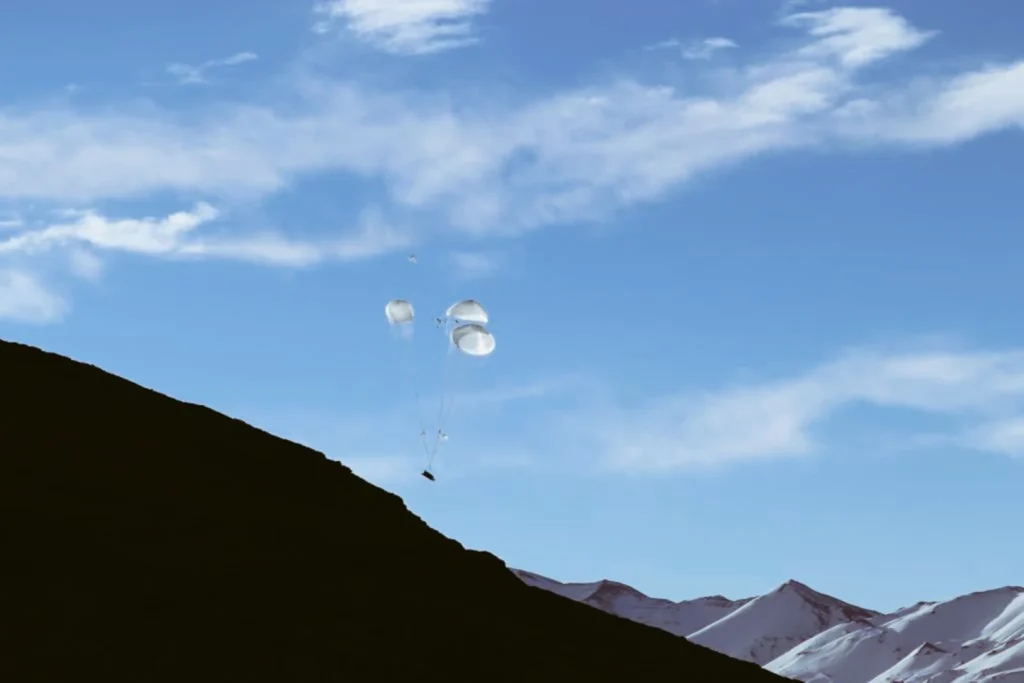Along the frontier with China in eastern Ladakh, a major “airborne insertion and combat” exercise was kicked off by the Indian Army and the Indian Air Force (IAF) on Monday that witnessed paratroopers linking up with their advancing tanks after practising capturing territory behind enemy lines while attack helicopters destroy hostile mechanized forces, as per official sources.
Sources said that heavy weapons systems along with hundreds of pre-acclimatized troops had gone through the three-day exercise at an altitude of over 1,400 feet and minus 20 degrees Celsius temperature. After the test launch of the Indian ICBM Agni-V missile in the last week, this exercise that took place on Monday was meant to convey a “clear message” to China to “desist from any misadventures along the northern borders”.
All about the exercise
With China denying to even complete the stalled troop disengagement at Patrolling Point-15, amid the continuing deadlock in the 18-month-long military confrontation that has been taking place in eastern Ladakh, the combat manoeuvres come into the picture.
For the second consecutive winter in the harsh high-altitude area, both India and China are set to keep their 50,000 troops along with surface to air missile systems, howitzers and tanks forward deployed with any de-escalation in the face-offs at Charding Ninglung Nallah (CNN) track junction at Demchok and the strategically-located Depsang Plains.
Recently, the Indian Army Chief said that if the People’s Liberation Army is there to stay, so does the Indian Army. With stepped-up patrolling along the 3,488-km Line of Actual Control (LAC) stretching from eastern Ladakh to Arunachal Pradesh, the PLA has also been flexing its muscles along with integrated joint operations exercises conducted in the Tibetan Autonomous Region.
Gearing up
Along with missile detachments, specialist vehicles and other heavy loads, with over 200 Para-Special Forces soldiers from the Agra-based Shatrujeet Brigade, the Indian exercise began on Monday. The above-cited equipment and vehicles were inserted into the “drop zone” by C-130J Super Hercules and AN-32 aircraft from five different “mounting bases” in the country, in eastern Ladakh.

According to a source, the aim was to validate precision stand-off drops, inter-theatre move, rapid grouping and capture of designated objectives with speed and surprise and rapid response capabilities. Due to a rarefied atmosphere in the super high-altitude terrain and the sub-zero temperatures, the air-drop turned out to be particularly challenging.
The captured territory in the simulated exercise shall be held by the paratroopers over the next two days while the attack helicopters like the newly-inducted Apaches, neutralize the enemy tanks. In order to link up with the paratroopers holding ground to complete the combat manoeuvres, infantry combat vehicles and friendly main-battle tanks shall move forward on the other hand.
The above-cited source added that integrated battle drills along with the conduct of oxygenated combat free-fall jump by the attack helicopters, mechanised columns and airborne forces with seamless integration are involved in the exercise.
All set for action
Since the confrontation erupted in April-May last year, a wide array of weapon systems ranging from K-9 Vajra, M777 howitzer and the Bofors to T-72 main-battle tanks and T-90s, BrahMos supersonic cruise missiles and Smerch and Pinaka multiple-launch rocket systems have been forward deployed by India along the LAC.
On the other hand, Mirage-2000, MiG-29, Sukhoi-30MKI along with Apache attack and Chinook heavy-lift helicopters as well as Jaguar fighters have been deployed in Ladakh and elsewhere along the LAC by the Indian Air Force.
During the crisis, the construction of additional roads, ammunition shelters, bridges and tunnels have turned out to be a top priority in the forward areas for the Border Roads Organization, though in comparison with China, India lags behind in the development of border infrastructure and last-mile troop connectivity.
Rapid developments
In the previous month, it was reported that over 100 advanced long-range rocket launchers have been deployed by the Chinese military along its high-altitude borders with India. After the failure of a round of border talks held earlier this year which was aimed at disengagement from the strategic area in the high-altitude Depsang Plains, this move of the Chinese military came into the picture.
Also as a response to the deployment of the M777 ultra-light howitzers along the contested LAC and in preparation for the intense Himalayan winter, the People’s Liberation Army’s (PLA) move came in.
A few days back, the US-made Chinook helicopters and light howitzers are deployed by India in order to dig its feet firmly into the ground here. That said, homegrown supersonic missiles are also set for action.
Manufactured by Boeing Vertol, the chopper was designed and developed by the US rotorcraft company Vertol while there were multiple reasons for the Indian Air Force (IAF) to choose the CH-47 Chinook.
